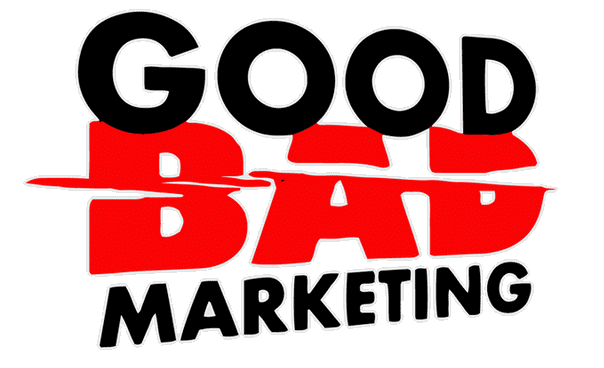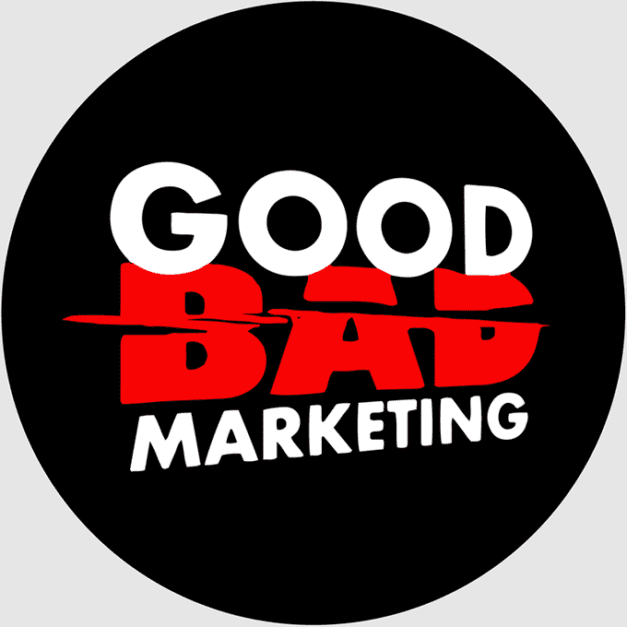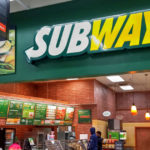It’s been a year since the world was hit by the devastating impact of the pandemic. It was an experience we all wouldn’t forget as most areas in our lives felt the massive effect it brought. It’s as if the world stopped for most of us — travels were restricted, schools, restaurants and commercial shops closed, leisure parks emptied, a stay-at-home policy was implemented, and so many more. That said, it’s pretty obvious that one of the biggest sectors of society got a solid punch — the business world. In a snap, it became a “survival of the fittest” game for everyone.
The bigger question now is: In this time of crisis, how do entrepreneurs make it work?
Whether you’re just curious, or seriously thinking to start or maybe innovate your business to thrive in these trying times, then you might want to consider this ultimate guide to give you an idea on how big names are able to play their cards right.
Ever heard of the different types of business models?
Just a little trivia…
The term ‘business model’ in literature offers us a variety of definitions. In a study by Farr and Olofsson (2006), it is cited that a widely-adopted definition of the term is yet to be set. From 1988 to 2002, it is said that twelve definitions have been proposed in established publications (Farr and Olofsson, 2006). However, for the purpose of explaining the flow of the so-called razor-and-blades model, this article will follow the definition offered by Allan Afuah (2003):
“Business model is a framework for making money. It is the set of activities which a firm performs, how it performs them and when it performs them so as to offer its customers benefits they want and to earn a profit.“ (Afuah, 2003). Therefore, it can be understood that business models are money-making formulas that firms implement wherein they give consumers what they want while generating profit from it.”
There is actually a long list of different business models like Direct Sales, Subscription, Franchising, and Affiliate Marketing to name a few.
Today, we will focus on the definition and examples of the “razor and blade” otherwise known as “bait and hook”.
What is the “razor and blades” or “bait and hook” business model?
These are both effectively the same thing, where you give something away for free or very cheap or perhaps even at a loss. These are the razor handle or fishing hooks in the metaphor. The goal is to get someone into your ecosystem so that they need to buy additional products such as razor blades or bait for the hook in order to continuously use the original object.
One of the most common business models employed today works in such a way where companies profit by selling basic products at very low prices and margins and selling complementary products (e.g. refills or upgrades) with higher prices. The name is widely credited to King Gillette, founder of the Gillette Razor Company and inventor of the disposable safety razor. However, the razor and blade model is not Gillette’s initiative even though he was considered as its adoptive father.
This model was very successful and it continues to strive even today. In fact, many companies have employed this model and garnered success.
This article will take you by the hand as it explores the ins and outs of the razor and blade business model.
The razor-and blade or ‘bait and hook’ business model is one of the many models that companies implement.
Companies that use razor and blade business model
Here are some examples of big brands, along with their razors and blades that are worth noting:
Procter and Gamble
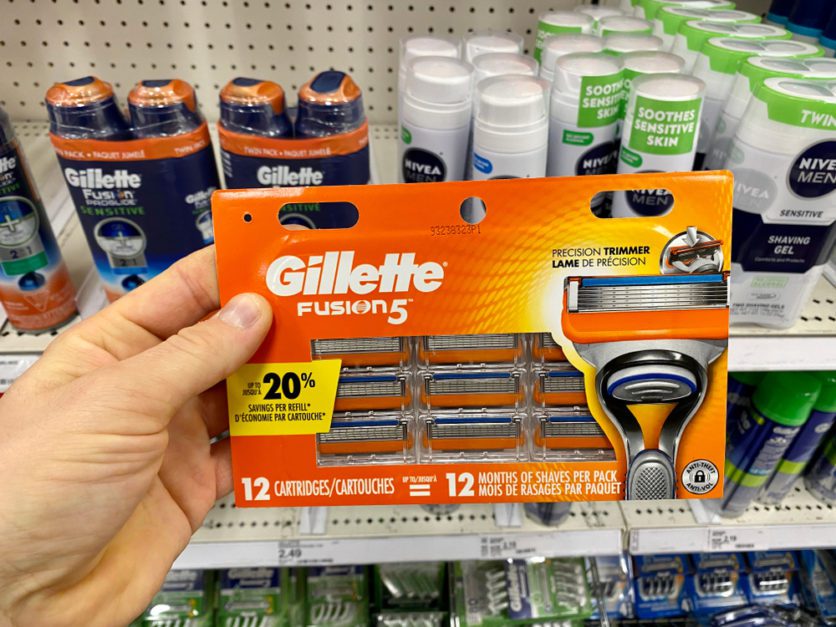
Razor: Gillette razor handles
These razor handles have cemented its legacy in the game. Now they also come in a unique design to cater to their customers’ taste. The price ranges from $5.25-$30 AUD and $3.99-$27.99 USD, excluding the heated razor which costs around $230.24 AUD and $200 USD. They also offer razor handles designed for women for their Australian customers where prices start at $21.99 AUD up to $26.00, while men’s start at $20.00-$28.00 AUD, also excluding the heated razor model.
Blade: Disposable razor blades
Razor companies ensure their blades are not compatible with other brands, ensuring you stick to their ecosystem to keep buying their products. Price for razor blades starts at $4.99-$39.99 AUD or $2.95-$36.75 USD depending on the variation. This price range also includes refills for custom razor handles.
Keurig
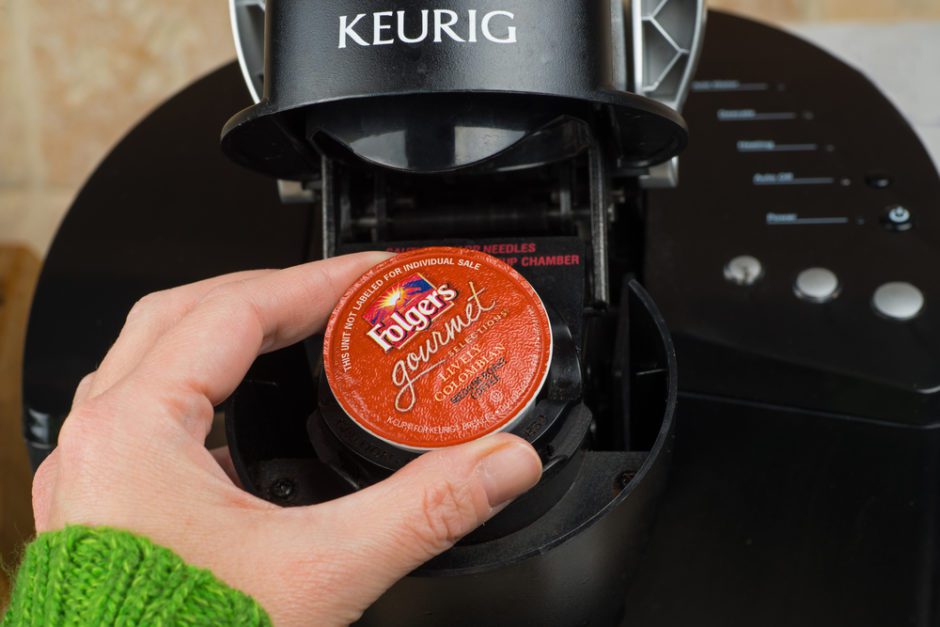
Razor: Single-serve coffee makers
Keurig charges its single-serve coffee makers from $79 to $249 for their consumers in the US depending on the model. In Australia, it costs around $88 to $280 AUD.
Blade: K-cup pods
Keurig has provided a wide range of K-cup pods variety to suit its customers’ preference. Thus, it also offers a colourful variation of its prices. For example, A 12 count (6 packs) variety is priced from $19.50USD and $20.95AUD.
Nespresso
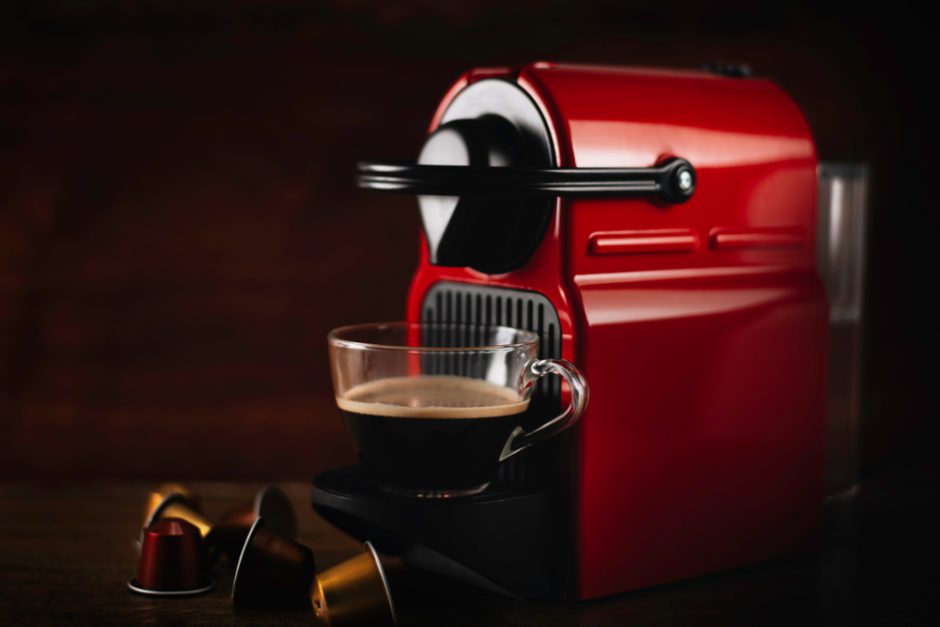
Razor: Nespresso Virtuo Line
Depending on the model, Nespresso single-serve brewer can range from $149-$199 USD. In contrast to the abundant assembly in their US website, Nespresso Australia has a limited selection of four machines ranging from $249-359 AUD.
Blade: Coffee capsules
To go along with the brewer, Nespresso provides a wide array of capsules for their global consumers. These capsules can be cheaper than $1 AUD and USD.
3D Systems

Razor: 3D printers
3D Systems offers many industrial printers that promise quality output. An example of this is FabPro 1000 which charges $4,126 USD and $3,946.83 AUD without the material mixer and light box and up to $5,998 USD or otherwise.
Blade: Printing materials
Unlike your typical office printer, 3D printers need more than just ink cartridges to produce. Some of its materials include LC-3D print box that costs approximately $1,800 US & AUD, Tough BLK 3D printer resin (approx. $119.3), build trays that cost $57, and a print platform (approx. $99).
Stratasys
Razor: 3D printers
Stratasys’ 3D printers can range from $6,000 US & AUD for its low-end printers to $750,000 for high-end ones.
Blade: Printing materials
Not unlike 3D systems, Stratasys 3D printers also need printing materials to produce the desired output. 3D Printer Resin for example starts at $65 USD and $68 AUD.
Microsoft / Nintendo / Sony
Razor: Video Game Consoles
Nintendo, Sony, Microsoft and previously Sega and Atari have almost always sold their consoles at close to cost price or at loss. This is especially common after the console has been around for a while and price drops are common throughout the lifespan of a video game console, especially as hardware revisions are made, they are generally sold as a loss.
Popular video consoles by each company include the Nintendo Entertainment System (NES) in Western countries or Nintendo Famicom in Japan, Super Nintendo Entertainment (SNES) System in Western countries or Super Famicom in Japan, Nintendo 64 (N64), Nintendo Gamecube, Nintendo Wii, Nintendo Wii U and most recently the Nintendo Switch, as well their series of Game Boy, DS and 3DS families of consoles. Sony has had Playstations 1,2,3,4,5, PSP and Playstation Vita families of consoles. Microsoft has had the Xbox, Xbox 360, Xbox One and Xbox Series X.
Sega and Atari have
Blade: Game software
Prices of the video games of Xbox One range from under $10 to more than $73.46 USD. Microsoft Australia also presents a plentiful line-up of games with prices that range from as low as $1 and going as high up as $159 AUD.
HP
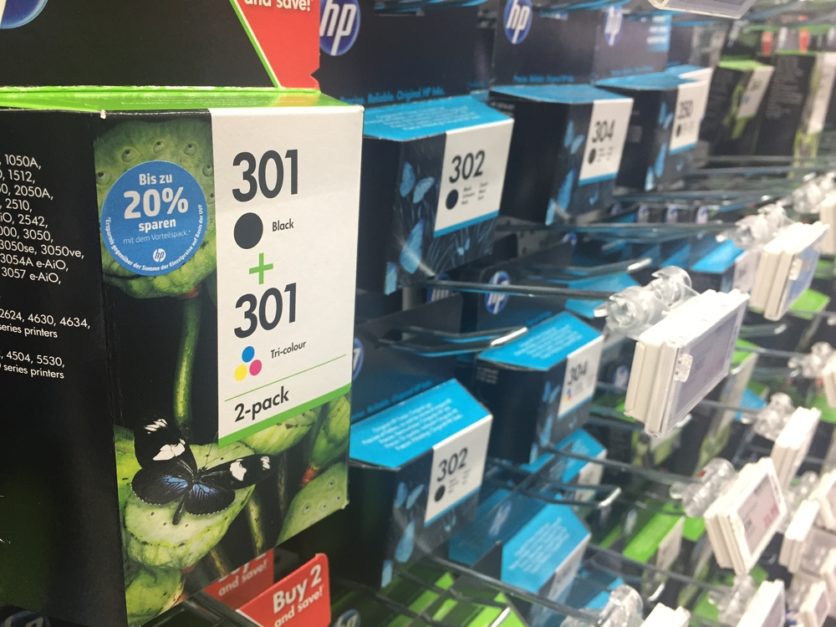
Razor: printers
HP has a rich collection of printers of different categories for their consumers. These printers can range for as low as $6.99 to $10,495 USD and from $39 to $17,050 AUD.
Blade: refills
Toner cartridges are charged $14-$396 USD while ink cartridges can range from $5.00-$327 USD and $27-$74 AUD depending on the variations.
Amazon
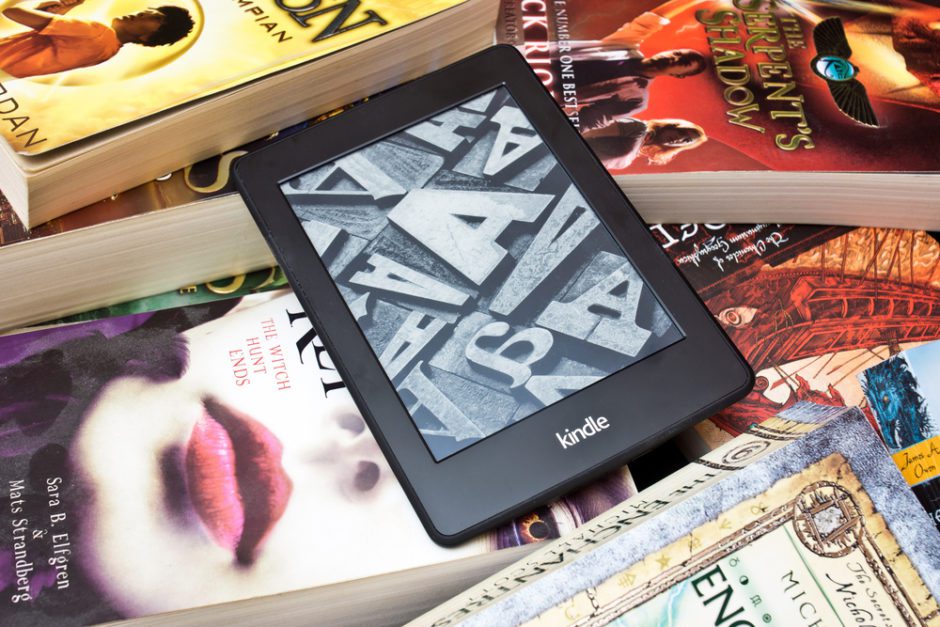
Razor: Kindle E-reader
There’s a whole family line of Kindle E-readers. The Kindle can charge from $109-$349 USD and $199-$399 AUD.
Blade: Kindle books
Kindle has an impressive library with prices that range for as low as $1 USD and AUD.
Other noteworthy names that employed this model are:
Standard Oil
Standard Oil, owned by John D. Rockefeller, planned to expand their business to China. Standard Oil distributed 8 million kerosene lamps and stoves almost free of charge or sold them at decreasing charges in order to give rise to the demand for kerosene.
Instant Cameras
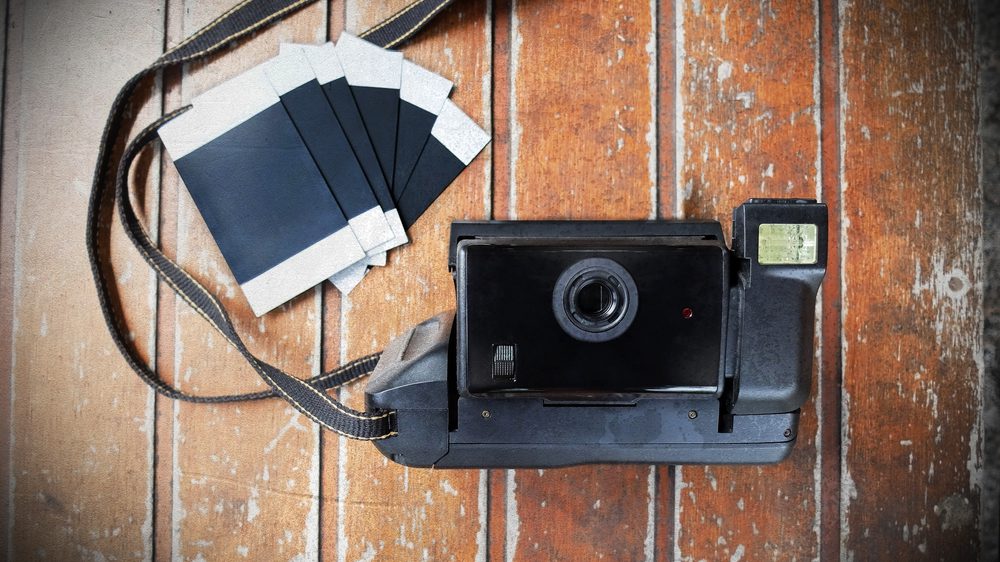
These cameras also follow the razor and blade/bait and hook business model. For example, Instax from Fujifilm is sold at a low price while the film for the camera costs as much as $2.00 per photo.
These are just the major names that employ the razor and blade business model. If we look closer, there are also other entrepreneurs that execute this framework in other areas. Take your cell phone, for another example. Cell phones are effective razors or baits today. A major percentage of the populace is in the possession of one cell phone or more. Now, in this scenario, what is the hook?
Simple.
It’s your phone contract or credit balance.
Or, for another model, even basic objects such as a pen can utilise this business model.
Yes, a pen can be a razor or hook, too.
Refillable pens are also candidates for the razor and blade business model with its refills as the hook, of course.
Assumptions Behind Razor & Blades / Hook & Bait Model
The literature offers two razor-and-blades assumptions:
The first one says that Gillette invented razor-and-blades and sold low-cost or gave away razors to sell high-priced blades.
The second assumption on the razor and blade model is that one cannot play razor-and-blade without a way to tie or lock the basic product and the complementary product together. Reviewing the history, however, this was not the case. The literature tells us that when Gillette released his razor handles, they were priced at $5 along with a set of 12 blades. That’s 4 dollars more than his competitors at that time.
When Gillette’s competitors entered the market, other razors were charged $1. Instead of adjusting to this pricing, Gillette, however, kept its prices high.
Gillette received patents in 1904 on both razor handles and blades. For 17 years, he kept his competitors in check as his patents covered: razors; thin double-edged blades; and the combination of both. As Picker notes in his paper, this was the ideal time to play razor-and-blades. Yet, the plot twist of the story happened at the end of his patent’s life. It was when Gillette’s sales and profits skyrocketed.
How did it turn out like this? It shouldn’t make sense, should it? However, in cases like this, one factor comes into play: brand loyalty.
When Gillette’s patents expired, there were some customers that made a switch to another brand. However, a significant percentage of them still chose to continue using Gillette’s products. This is one of the scenarios where tying or locking-in both the bait and the hook together doesn’t guarantee success. Sometimes it’s about the satisfaction the product gives to the customers.
Advantages of Razor & Blades / Bait & Hook Business Model
The main advantage of this model is the stream of recurring revenue derived from consumers’ purchase of complementary products. Products with low-priced ‘bait’ easily attract customers appealing to the idea that it is a bargain. Thus, it also temporarily guarantees customer loyalty to that particular brand. Why is the loyalty guarantee temporary? You will find out in the next paragraphs.
Disadvantages of Razor & Blades / Bait &and Hook Business Model
Every vision has its setbacks. The razor and blades or bait and hook model is no exception. One of the primary disadvantages of the razor or hook is competition. When the or basic product is cheap, the customer now has the opportunity to try something new of the same category. This is the reason why it is mentioned above that customer loyalty is only temporarily guaranteed. Having cheap hook might also lower the value of the basic products in the customers’ eyes, enabling them to make an easy switch to another brand that they perceive as having a higher value.
Another disadvantage to consider is the environmental costs that come with the ‘baits’ one of the growing concerns of this generation is the growing amount of waste we leave in plants. Companies that release disposable ‘BAITS’ are often subject to criticisms from environmental activists groups. However, as of the moment, this dilemma has yet to make a significant impact on businesses utilizing the razor and blade model.
Next is the ‘brand lock-in.’ Cambridge defines ‘lock-in effect’ as ‘a situation in which consumers are dependent on a single manufacturer or supplier for a specific service, and cannot move to another vendor without substantial costs or inconvenience.’ Not having the freedom to choose which product to consume could leave a bitter taste in the mouths of consumers. If the ‘hook’ becomes expensive, customer loyalty could be discouraged, hence, the ‘temporary loyalty guarantee.’
Inverted Razor and Blades Business Model
So you have heard about the razor and blades model. Now let’s take a look at it upside-down. Let me introduce the Inverted Razor and Blades or Reversed Razor and Blades Model.
Basically, as its name suggests, it is still the razor and blade model in reverse. In the razor and blade model, we ‘give away’ the razor to make a profit from the blade. In the reversed model, it is the blade we ‘give away’ and it is from the razor handles that revenues are derived.
How does this work?
A popular example of this model is the iPhone of Apple. iPhones are expensive. The iPhone 12 mini costs $699 USD and $1,199 AUD. This is the ‘bait’. Now, what is the ‘hook’? It’s the apps and the OS which Apple provides for free.
Apple first adopted this model upon the launch of the iPod in 2001. With its revolutionary design, it has become a huge success. The 5GB music player would sell for $399 USD or $785 AUD. This is Apple’s blade or bait. Now, what is the blade or hook? It’s none other than Apple’s iTunes, with each song priced at $0.99 USD or $ 1.95 AUD.
In a 2013 article found here, Chris Taylor shared Job’s response on how songs are being sold for only 99 cents:
“The dirty little secret of all this is there’s no way to make money on these stores,” he said — because 65 cents of each song went straight to the music company. The rest barely covered Apple’s overhead. Why not jack the price? “Because we’re selling iPods,” Jobs says, grinning. Apple has adopted the very same model on its iPhone series selling units at high prices and, in exchange, offering the iOS free of charge, and iWork and iLife free with purchase.
With the strategic execution of this business model, Apple remains at the top of the game to this very day.
In the end, there are many business models around mainly for both aspiring and successful entrepreneurs to choose from. When executed intelligently, these can pave the way for future success.
As for the consumers, these can work as guides for when we are about to make our next purchase.
